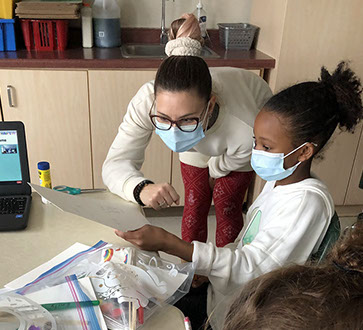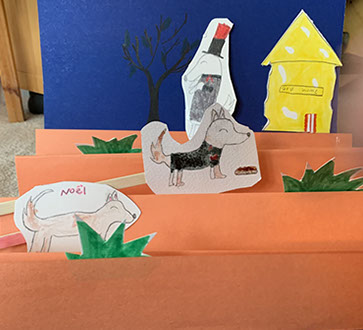Nurturing the Seed of Infinite Potentialities in Every Child
– WONDER LAB –
Social-Emotional Development through Art and Play
With no right or wrong and a variety of mediums and forms, art allows us to express ourselves without judgement, in ways we can learn from and enjoy. We believe this makes art a perfect way to promote social-emotional development in children and youth!
The pip o. Wonder Lab team develops curriculum and activities which promote social-emotional development through art, play, and imagination. We work with schools and community organizations to encourage each child’s artistic potential and sense of wonder while teaching new techniques. Participants engage in discussion about topics such as kindness and emotion regulation.
Interested in learning more? Connect with us at maltilab.pipo@utoronto.ca.
Art Workshops
Children’s Art Gallery
SED Activities
(coming soon)
– ART SESSIONS –
These interactive art sessions were developed by a team of educators, community engagement specialists, and psychologists and include evidence-informed strategies to promote social-emotional development for children.
During each session, facilitators guide children through a series of art sessions. The sessions will encourage each child’s artistic potential while fostering their social-emotional development. Throughout the activities, students will also engage in discussion about topics such as empathy and emotion regulation.
Interested in learning more? Connect with us at maltilab.pipo@utoronto.ca.

Colorful Animal World!
Session One
Students had the chance to reflect on their own self-image: Who are they? Which characteristics do they think define them? Students then selected an animal that they felt represented these characteristics and were guided in drawing, painting, and creating a puppet based on their animal. The Wonder Lab provided students their own art kit containing everything needed for the project.
Session Two
Colorful Animal World!
Session Three
Colorful Animal World!
Students discussed what kind of world they would like to live in, and were asked to think about the unique needs and preferences of each of their animals as they imagined an environment in which all could live happily and comfortably. They then created this environment as a foldable paper puppet theatre where all their animals could play and have adventures together ...





